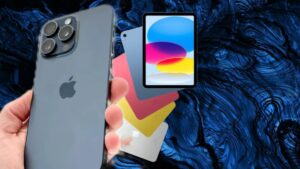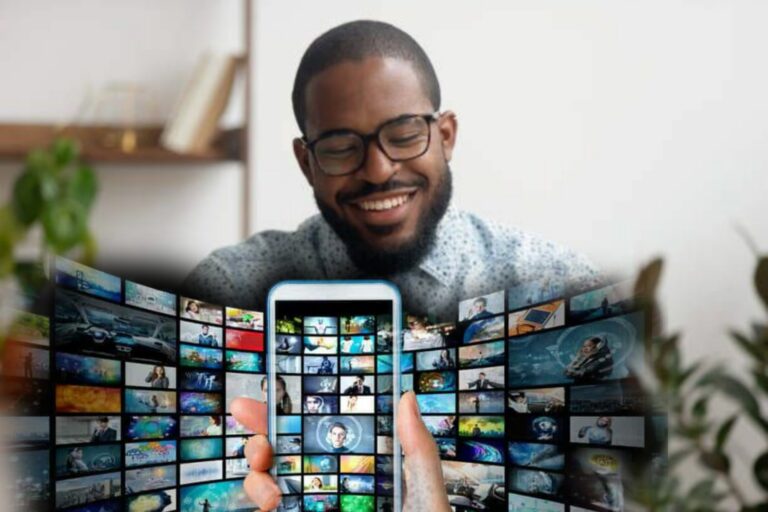
Are you in the market for a new iPhone, the latest Samsung Galaxy, or maybe even a futuristic folding phone? Or perhaps you’re looking for something more budget-friendly? With so many options available from various phone brands, it can be quite overwhelming to determine what you really need. To help you make the best purchasing decision, I’ve compiled my top tips for shopping for a new phone. Let’s get started!
Understanding your specific needs will help you narrow down your choices and ensure that your money is spent wisely. One of the main reasons people opt for today’s flagship phones is the superior camera performance. However, if photography isn’t your passion, you can save a significant amount by exploring options further down the range.
If you enjoy streaming content or gaming on the go, a larger display will enhance your experience. You might be intrigued by the new foldable phones that can transform into larger screens, similar to tablets. While they offer cutting-edge technology, they often come with a hefty price tag, making them less suitable for those on a budget. So, before you spend unnecessarily, take a moment to reflect on the features you used most on your previous phone to identify what you’ll need in your new device.
In the past, buying a budget phone often meant dealing with slow performance and missing out on features found in more expensive models. Thankfully, that’s no longer the case. Many budget phones now come equipped with innovative features like multi-lens cameras and 5G connectivity. The mid-range market is thriving, with brands like Google and Samsung offering fantastic phones that meet all your needs at a more affordable price compared to their flagship counterparts. This means you can find a phone that handles your everyday tasks, gaming, video streaming, and photography without breaking the bank.
Think of it like purchasing a new car. While a Ferrari may be thrilling and fast, a reliable Nissan will still get you where you need to go, leaving you with extra cash for fuel.
When it comes to software updates, Android phones typically receive about 3-4 years of support, but this is gradually improving. Why is this important? Phones that no longer receive security updates become vulnerable to hacking and other malicious attacks, making them unsafe to use. A phone guaranteed to receive at least 5 years of security updates will remain secure for years to come, reducing the need for frequent upgrades. This is not only better for your wallet but also helps keep more phones out of landfills, benefiting the planet.
Google has made strides with its Pixel 8 range, offering 7 years of software support, while brands like Fairphone go even further. Other major brands are catching up, but some still provide only a couple of years of support, limiting the lifespan of those devices. Before making a purchase, check how many years of Android and security updates the phone will receive. If it’s less than 4 years, it’s best to look elsewhere.
You can often find great deals and discounts on phones during major holidays like Black Friday and Amazon’s Prime Day. It’s not just Amazon that offers fantastic deals; most major retailers and phone carriers also participate, providing cut-price handsets or bundles that may include new headphones. If you’re shopping around these times, it’s worth waiting to see if you can snag a good deal.
Additionally, last year’s models can be a great bargain, as retailers often have excess stock they want to clear out for new arrivals. Buying used or refurbished models is another option, as phones don’t age quickly. Last year’s models can still handle everything you need them to do today, and purchasing refurbished can give you a nearly new phone at a lower price. Just be cautious with older models, especially if they are several generations behind. While the hardware may be fine, if it’s out of its software support period, it may not be safe to use. If you find a used phone with a couple of years of security updates left, it could serve you well for a few years, but keep an eye on when that support ends.
Now, I won’t say one operating system is better than the other, as both have their advantages. iOS is generally easier to use, especially for newcomers, while Android offers more customization options. If you’ve been using an iPhone and have invested in Apple’s ecosystem with devices like an iPad, MacBook, or Apple TV, it might be simpler to stick with iOS. Conversely, if you have a lot of Android apps and Google accounts synced, staying with Android could be more convenient. Switching between the two is straightforward, and you can find helpful guides online to assist you.
At our company, we pride ourselves on providing thorough reviews of the latest phones, examining every aspect, including battery life, camera quality, display, processor, waterproofing, and overall feel. Before making a purchase, be sure to read our insights.
Finally, whatever phone you choose, ensure you buy from a trusted source. To keep your device in good condition for longer, consider investing in a protective case and screen protector as well. Good luck with your shopping! For more information on the best phones and deals, feel free to explore our website.



